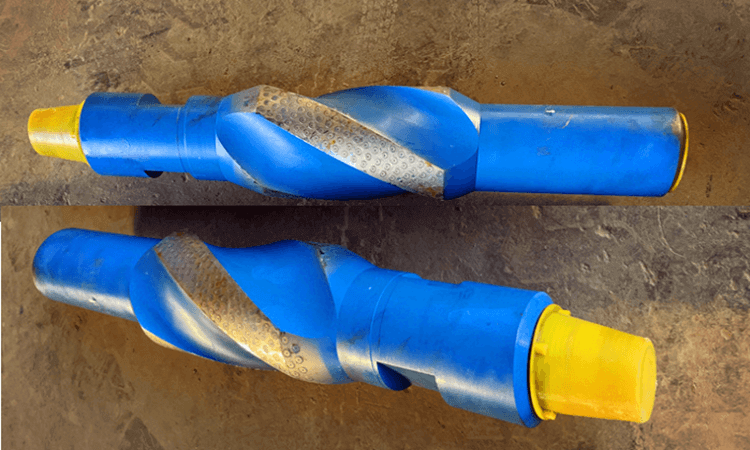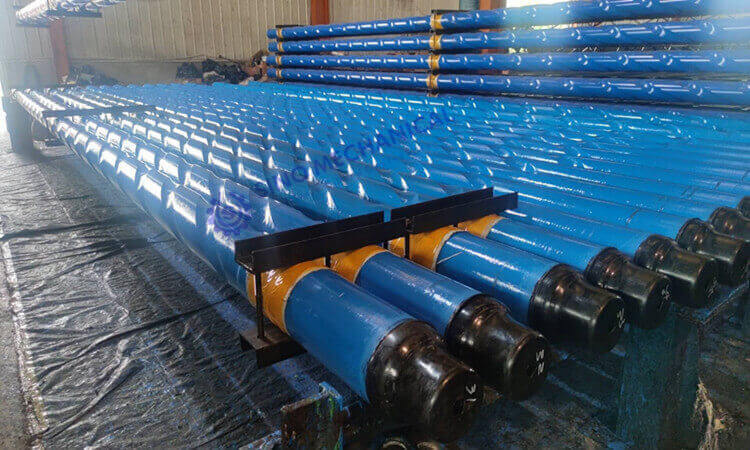Deeply Understand the Performance and Selection Principles of BOP Stacks
As a leading supplier in the oil and gas industry, Sino Mechanical is committed to providing cutting-edge equipment and solutions for drilling operations to ensure safety and efficiency. In the process of oil field development, the high-pressure and high-temperature conditions of geological formations, along with various unpredictable factors, make pressure control critically important. To address this, we delve deep into the performance and selection principles of well control equipment, with a particular focus on blowout preventer (BOP) stacks, one of the most crucial components for preventing blowout incidents.
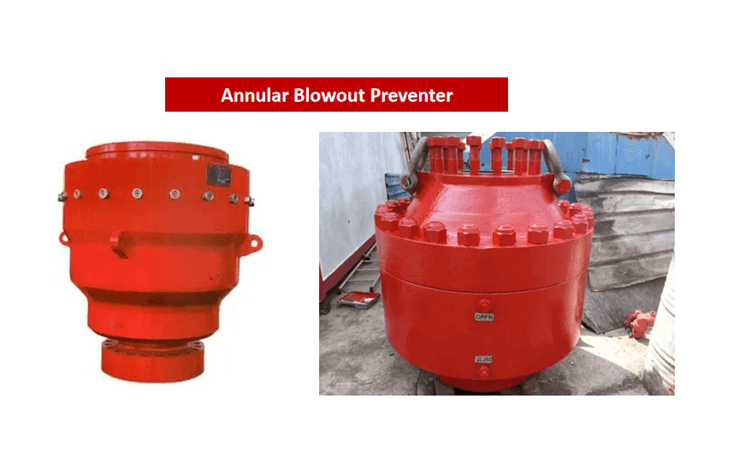
Why Are BOP Stacks So Important?
During drilling operations, it is imperative to maintain the pressure inside the wellbore slightly higher than the formation pressure to prevent the intrusion of formation fluids. However, in practical operations, numerous factors can lead to a situation where the wellbore pressure falls below the formation pressure, disrupting the pressure balance inside the well and potentially causing a catastrophic blowout incident. Such incidents can result in loss of life, equipment damage, and reservoir damage.
Therefore, understanding the performance of well control equipment and ensuring their correct installation and maintenance is paramount to achieving pressure control in oil and gas wells. Among all well control equipment, BOP stacks play the most critical role.
Key Factors in Selecting Hydraulic Blowout Preventer Assemblies
When selecting the appropriate BOP assembly for specific drilling conditions, several key factors must be considered, including but not limited to:
Well Type: Different types of wells (e.g., onshore, deepwater, subsea) may require different types of BOP stacks.
Formation Pressure: Determining the pressure level within the formation is crucial to selecting the working pressure of the BOP assembly.
Casing Size: The diameter of the BOP assembly must fit the casing size to ensure effective sealing.
Formation Fluid Type: Consideration of the types of fluids that may be encountered in the formation, such as high sulfur, corrosive, or high-temperature conditions.
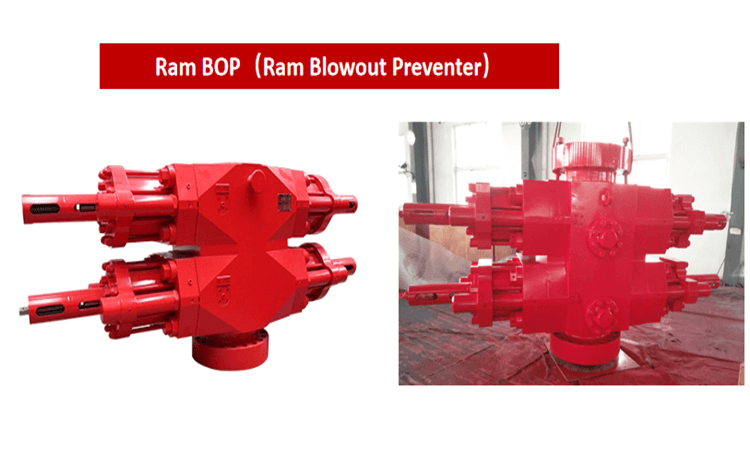
Personnel Expertise: Proper training of operators is necessary for the correct operation and maintenance of the BOP assembly.
Process Technical Requirements: Special drilling process requirements, such as wellhead sealing, should be taken into account.
Climate Impact: Consideration of the climatic conditions at the drilling location to ensure the reliable operation of the BOP assembly under various environmental conditions.
Transportation and Supply: Ensuring the timely supply and transportation of the required BOP assembly and related equipment.
Environmental Protection Requirements: Compliance with environmental protection regulations and standards to ensure that operations do not adversely affect the environment.
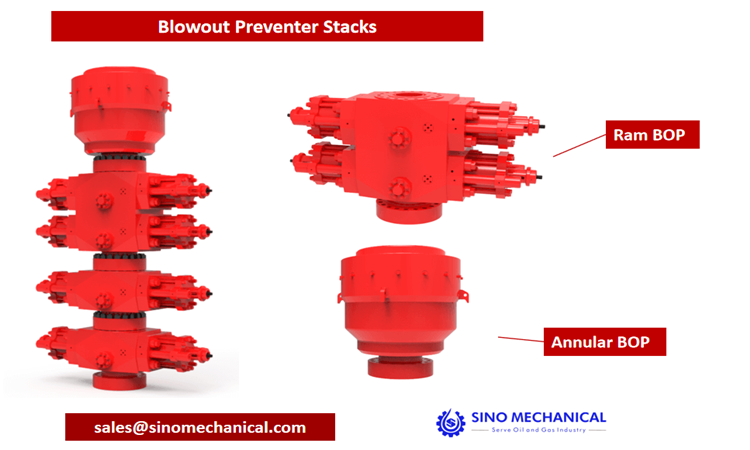
BOP Working Pressure Levels and Sizes
The working pressure of a BOP assembly depends on various factors, including the casing's resistance to internal pressure, the formation's fracturing pressure, and the maximum wellhead pressure anticipated. Common pressure levels for BOP assemblies include 14MPa, 21MPa, 35MPa, 70MPa, 105MPa, and 140MPa. Additionally, the BOP assembly's diameter must accommodate the casing's outer diameter. Available diameters range from 180mm, 230mm, 280mm, 346mm, 426mm, 476mm, 528mm, 540mm, to 680mm.
In equipment operations, the selection and use of BOP stacks are crucial for ensuring drilling safety and preventing blowout incidents. Only through a thorough understanding of the conditions, the proper selection of suitable BOP assemblies, and regular maintenance and training can pressure control within the wellbore be effectively maintained, allowing safe and sustainable drilling operations. Sino Mechanical will continue to provide the oil and gas industry with state-of-the-art BOP stacks and support to meet diverse operational needs, ensuring the success and safety of drilling operations.

